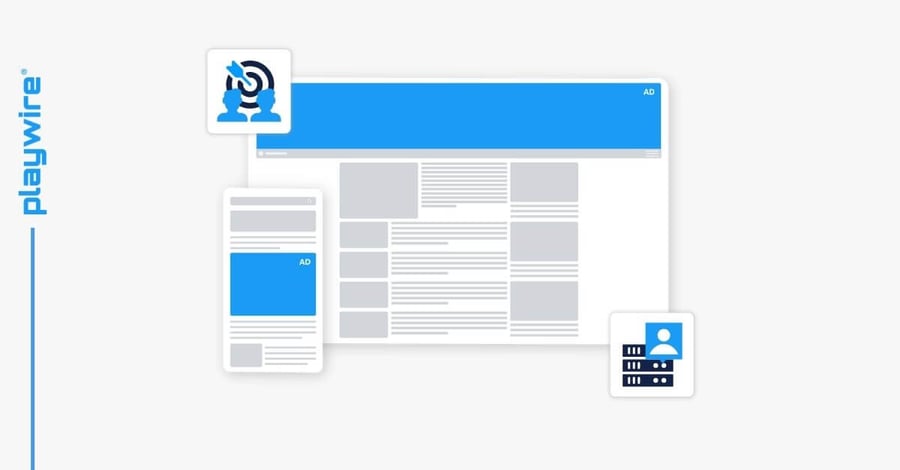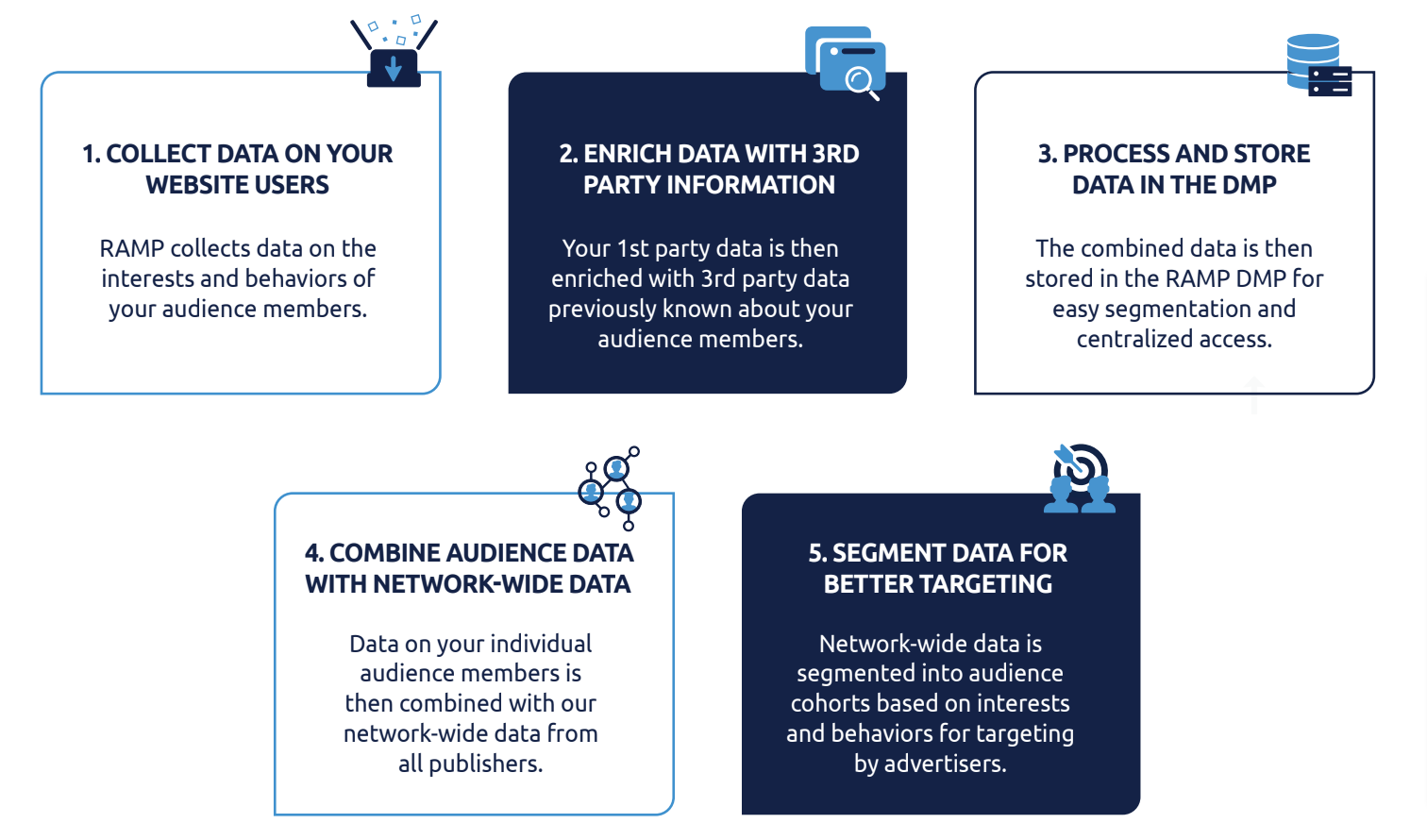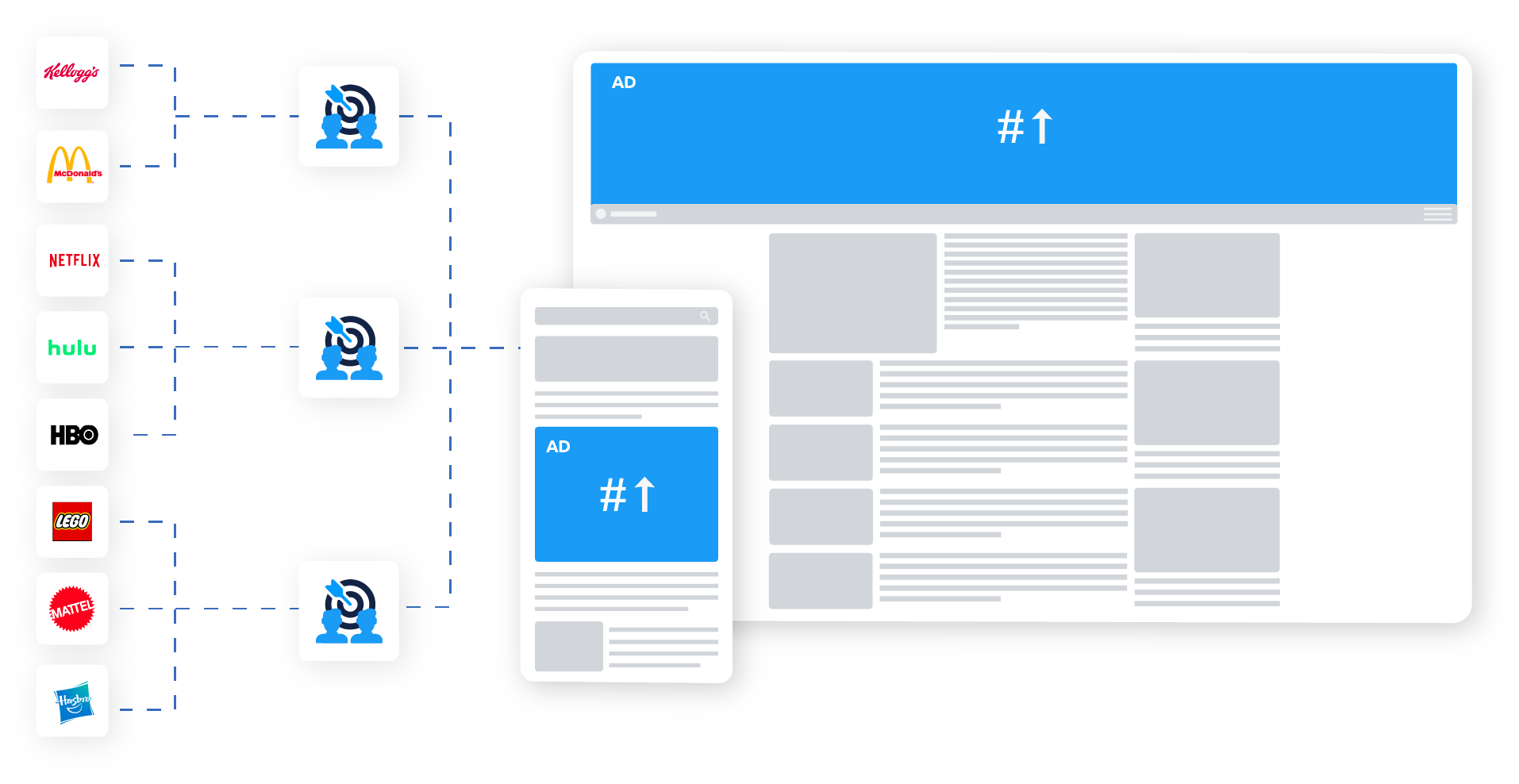How Does a Data Management Platform Work?
June 23, 2022
Editorial Policy
All of our content is generated by subject matter experts with years of ad tech experience and structured by writers and educators for ease of use and digestibility. Learn more about our rigorous interview, content production and review process here.

Key Points
- Thanks to the downfall of third-party data, first-party data is more important to publishers than ever.
- Once you have access to first-party data, you have to know how to use it to increase your revenue.
- A comprehensive data management platform (DMP) can both help you collect and action this first-party data.
In order to really understand the value of data management platforms, we must first begin by understanding the data they ingest and help make use of.
As the sun sets on third-party data, it's starting to shine on first-party data. Publishers and advertisers alike are clamoring to find a first-party solution to the third-party data problem, and dozens of so-called solutions are popping up every month.
But do these solutions actually solve the problem and enable you to harness the power of first-party data? How can you even begin to understand whether you're making the most of the audience data you have access to? This blog post is going to help you answer those questions. Read on to learn everything you need to know.
Playwire stays at the forefront of changes to the digital advertising landscape so you don't have to. Whether you need help with data management and deployment or any other aspect of your publisher revenue strategy, we have a solution for you. Contact us to learn more.
-- Article Continues Below --
 The Publisher's Guide to Data Management Platforms
The Publisher's Guide to Data Management Platforms
What Is First-Party Data?
The simplest definition of first-party data is this: It's audience data that you collect directly from users or visitors while they're on your website or app. That's in contrast to third-party data, which comes from users' behavior and actions on other websites and apps .
That's relatively simple, but it gets much more complicated once you get past the basics. For example, if you give surveys to your users - like we can with Playwire's survey-based ad units - is that information first-party data? Some in ad tech say yes, but others disagree.
The point is that there's no universally agreed-upon definition of first-party data. There is, however, agreement on one key point: First-party data is going to be essential to publishers' revenue strategies going forward - particularly after the third-party cookie fades into obscurity.
Types of First-Party Data
As the discussion surrounding first-party data has evolved, a few distinct types of first-party data have started to become clear. We explore each of those below.
Interest-Based Data
Interest-based first-party data is all about your users' preferences for particular items, concepts or brands. For example, you might obtain data about a user that tells you that they like football, open-world video games and Italian food. That's all interest-based audience data.
Behavioral Data
Behavioral data, on the other hand, is first-party data that tells you something about users' actions or the actions they are likely to take. Behavioral data points about an individual user may tell you that they are likely to click on ads, watch a video until the end or scroll at least halfway down a given webpage.
Zero-Party Data
Some would argue that zero-party data falls within its own category, but the distinction between zero- and first-party data is blurry enough that it warrants mentioning here. Like first-party data, zero-party data is about your users, but it comes from voluntary information the user provides.
An example of this might include how a user updates their preferences within a user account on your website. They have to navigate to the preferences area, and they update the information they want to update - all with no prompting from you.
-- Article Continues Below --
The Complete Data Management Platform Resource Center
How to Get Access to First-Party Data
The way publishers used to get access to valuable user data is dying. Publishers have relied on third-party cookies for years, but now, platforms like Google and Apple are taking steps to ban or significantly depreciate third-party cookies.
That's why publishers have begun to turn to first-party data, but there's a problem: Even if you have a relatively large audience, the data you can glean from your users is not likely to be enough to create audience segments of the scale that is interesting to advertisers. The solution is a centralized DMP that pools your first-party data with that of many other publishers.
A centralized DMP gives you scale, but you need to make sure that you're using the DMP in a way that is in compliance with your country's privacy laws and that the DMP has a plan for moving forward after the death of the third-party cookie.
How Data Management Platforms Work
In a slightly over-simplified nutshell, this is how a DMP works:
- Data Collection: a DMP will help you collect raw data on the interests and behaviors of your audience members.
- Enrich Data with 3rd Party Information: A good DMP will also enrich your 1st party data with existing 3rd party data other sources know about your audience members.
- Process and Store Data: The combined data is then stored in the data warehouse or data lake for easy segmentation and centralized access.
- Make Data Valuable to Advertisers: In order to really make your data attractive enough for advertisers to pay top dollar, data on your individual audience members must then be combined with data from publishers across a wider network, creating audience segments worthy of a hefty spend. This is a step only a select few DMPs, like RAMP's built-in DMP, can do for publishers.
- Audience Segmentation: Network-wide data is segmented into audience cohorts based on interests and behaviors for targeting by advertisers.
Connecting the Publisher to the Advertiser
You can have the biggest data sets in the world, but if you do nothing with them, they're nothing more than numbers. Your data has to make it back up the "ad tech pipes" to reach buyers, an ad network or ad exchange, demand side platform, or a tool which can use actually use that data.
In other words, the data needs to be packaged into valuable audience segments and then presented to buyers so they can be confident they are reaching their target audience. And the DMP has to have relationships with premium buyers, or the buyers won't trust the data you're presenting.
Most standalone data management platforms simply don't have the ability to send your first-party data where it needs to go in order for advertisers to see it and want to purchase your inventory because of it. And they certainly don't have the necessary relationships with premium buyers.
This is the problem Playwire is tackling with our RAMP platform and included DMP, which we'll cover in more detail below.
The Privacy Problem
All of this talk about harnessing the power of first-party data brings up a tricky topic: privacy. Right now, the digital advertising industry is facing pressure to better maintain individuals' privacy while simultaneously getting access to more user data.
The solutions up until now have been slim, but we believe it's going to come down to a re-definition of first-party data - one that pushes these data points away from individual identifiers. We can say a lot about a particular audience without ever saying their names - in fact, we can say nearly everything a brand would need to know.
You can still achieve this with cookies. In this case, they're not third-party cookies but first-party cookies. In any case, we get the same data from users and store it in the cloud with no identifiers. The data is still valuable and, when collected in the right way, in compliance with changing rules and guidelines.
Meet Playwire’s DMP
To stay ahead of the changes in the digital advertising landscape and ensure that our publishers’ revenue remains at maximum, Playwire has developed a DMP as part of its RAMP platform.

Here’s how it works:
- RAMP collects interest-based and behavioral first-party data on your users.
- Existing third-party data from trustworthy sources like Nielsen is blended with the first-party data to enrich it (because, why not make use of data that already exists?).
- The data is processed and stored in the DMP. It’s standardized so that it can be combined with data from other sites.
- Your data gets combined with data from publishers across our entire network.
- The DMP segments the data into desirable and valuable audience cohorts.
From there, advertisers pay premium prices to reach those cohorts. That can occur through deals facilitated by our global direct sales team, through private marketplaces (PMPs) or through traditional programmatically sold inventory.

Playwire: Putting First-Party Data to Work for You
First-party data is the new king, but there's no need to bow down. You can make this new king work for you. You just have to take control by choosing the right DMP and getting the right level of access to your users' data.
If that sounds like a tall order when you have so many other things on your plate, there's no need to stress. All you have to do is reach out to the trusted team at Playwire. We've been leading the way in data management for publishers for a while now, and we don't plan to ease up any time soon.
Want us to put first-party data to work for you and increase your revenue? We're on the same page. Contact us today to get started.

-1.png?width=800&height=157&name=1-playwire-logo-primary-2021%20(1)-1.png)




